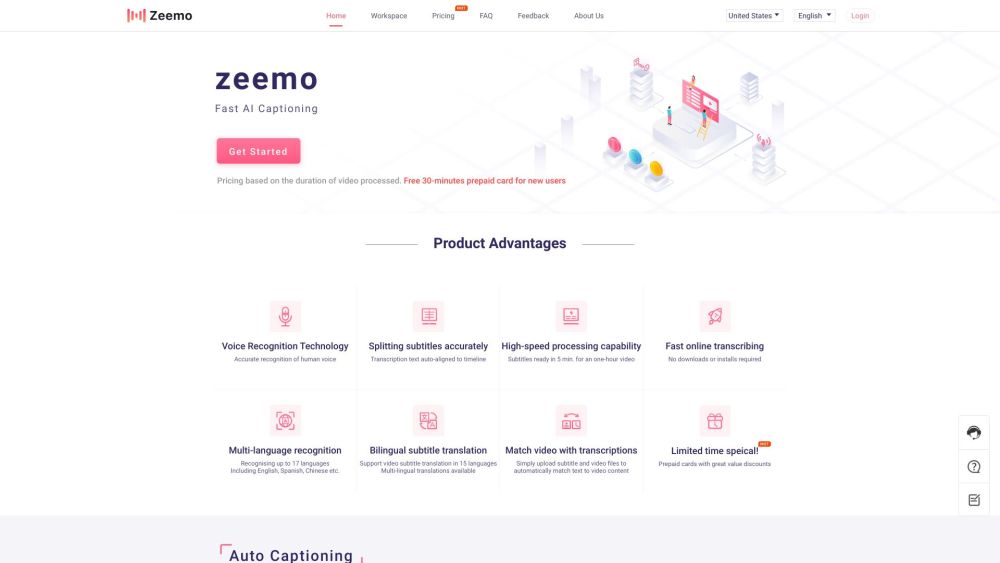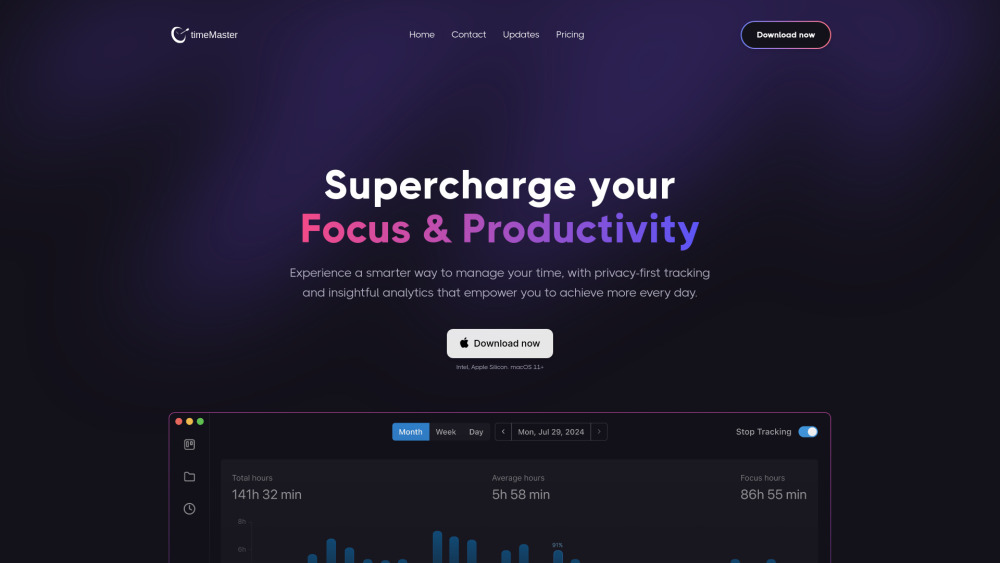As enterprise leaders confront the complexities of generative AI, DataStax CEO Chet Kapoor reassures them: the current challenges are typical in technological revolutions, and 2025 will mark a pivotal year when AI will significantly alter business operations.
Kapoor is well-positioned to observe how enterprises are adopting AI, as DataStax provides an operational database for companies deploying AI applications. Notable clients include Priceline, CapitalOne, and Audi. In a recent interview, Kapoor likened today's generative AI landscape to prior tech revolutions in the web, mobile, and cloud sectors. “We’ve been here before,” he emphasizes, noting that initial enthusiasm often gives way to a “trough of disillusionment” as companies face implementation hurdles.
For IT, product, and data science leaders in mid-sized enterprises, Kapoor's message is straightforward: while the current phase of GenAI implementation poses challenges, strides made in 2024 will set the stage for transformative applications in 2025.
The Path to AI Transformation
Kapoor outlines three typical phases in GenAI adoption:
1. Delegate: Companies initially focus on achieving 30% efficiency gains or cost-cutting using tools such as GitHub Copilot or proprietary applications.
2. Accelerate: The emphasis shifts to a 30% increase in effectiveness, enabling the creation of applications that enhance productivity.
3. Invent: Companies begin to reshape their operations through the innovative use of AI technology.
“2024 is a year of production AI,” Kapoor asserts, stating that every client he engages with will implement some AI project this year. However, he believes the true transformation will emerge in 2025, with applications that will fundamentally change our daily lives.
Overcoming Implementation Challenges
Kapoor identifies three critical areas for successful AI integration:
1. Technology Stack: An open-source architecture is essential. “For 2024, it must be open-source to ensure transparency, meritocracy, and diversity,” he states.
2. People: While data scientists remain integral, empowering developers is crucial. “You need 30 million developers to build it, just like the web,” he adds.
3. Process: Governance and regulation are increasingly vital. Kapoor advocates for involving regulators earlier than in past revolutions but warns against stifling innovation.
Looking Ahead to 2025
Kapoor supports open-source solutions in the GenAI stack, urging companies to embrace these as they advance their AI initiatives next year. “If the problem isn’t being solved in open source, it’s probably not worth solving,” he asserts, underlining the significance of transparency and community-driven innovation.
Jason McClelland, CMO of DataStax, highlights the pivotal role developers play in AI innovation. “While many are still questioning the nature of AI, developers are actively building,” he notes, pointing out that the pace of change in AI is unprecedented, with shifts in technology and understanding evolving by approximately 20% each month.
McClelland predicts that within the next 6 to 18 months, the AI platform will reach maturity. This perspective aligns with Kapoor’s belief that 2025 will usher in transformative change, narrowing the window for enterprise leaders to prepare their organizations for this shift.
Addressing Challenges in Generative AI
At a recent NYC event, RAG++, hosted by DataStax, experts discussed generative AI's current challenges and potential solutions. They agreed that future improvements in large language models (LLMs) will not result solely from scaling pre-training processes.
Instead, innovative approaches to enhancing LLMs include:
- Increasing Context Windows: This allows LLMs to access more precise data relevant to user queries.
- “Mixture of Experts” Approach: Questions or tasks are directed to specialized sub-LLMs.
- Agentic AI and Industry-Specific Foundation Models: Tailored methods aimed at boosting performance in specific domains.
OpenAI recently unveiled its GPT-01 models, featuring “Chain of Thought” technology that guides the model through problem-solving step-by-step and self-corrects, thereby significantly enhancing its reasoning capabilities.
While some critics remain skeptical about these advancements, research shows GenAI's positive impact. Ethan Mollick, a Wharton professor specializing in AI, has recorded 20-40% productivity gains among professionals using GenAI. “I remain perplexed by arguments that ‘GenAI is a dud’,” he tweeted. “Adoption rates are the fastest in history. There is value.”
For enterprise leaders navigating the intricate landscape of AI implementation, Kapoor’s message balances optimism with realism. The challenges of today are laying the groundwork for transformative changes ahead. As 2025 approaches, those who invest in understanding and implementing AI will be best positioned to leverage its benefits and excel in their industries.




